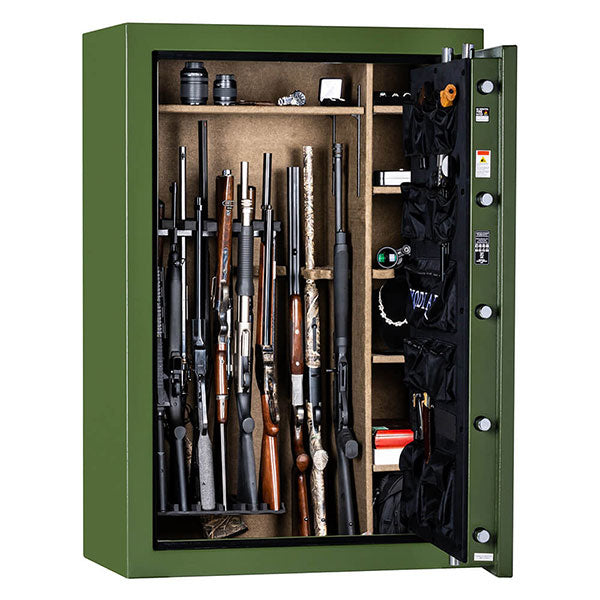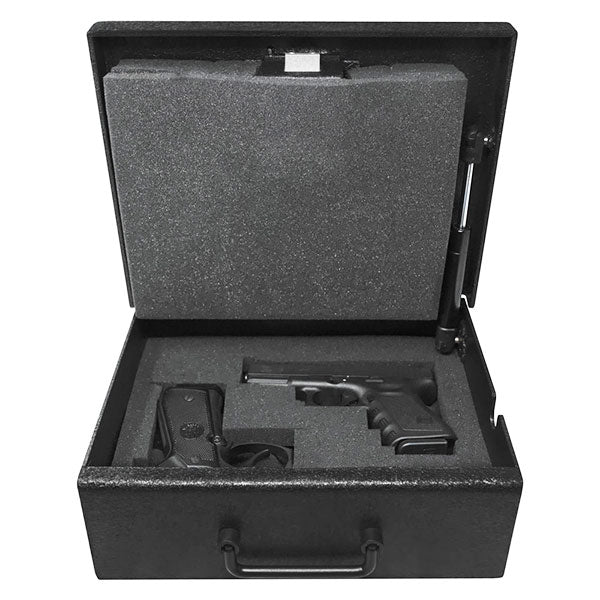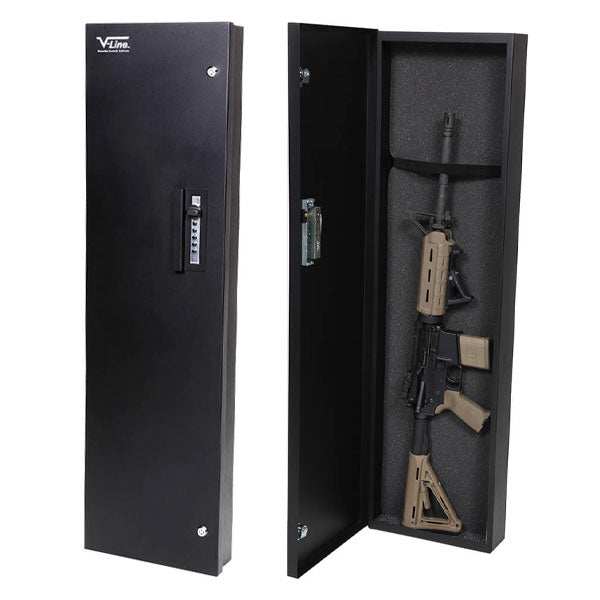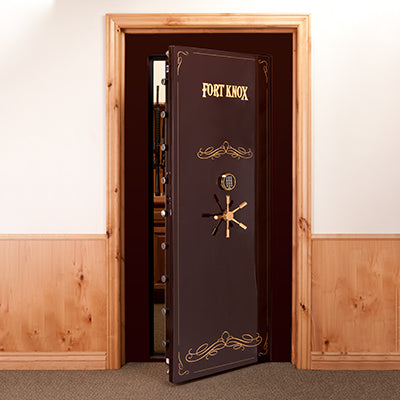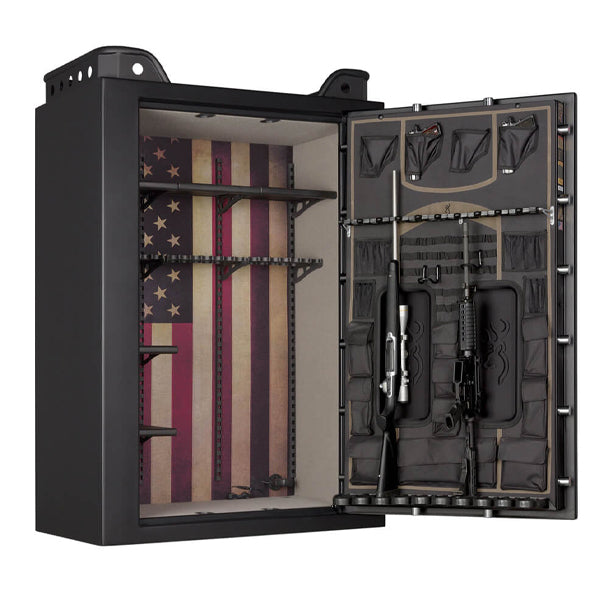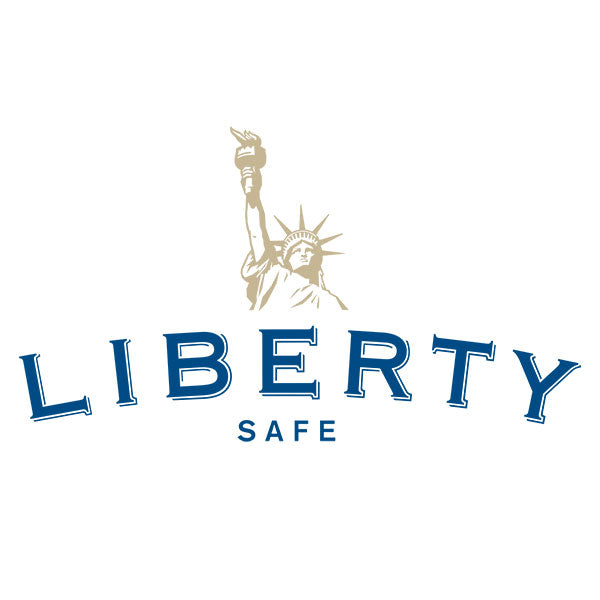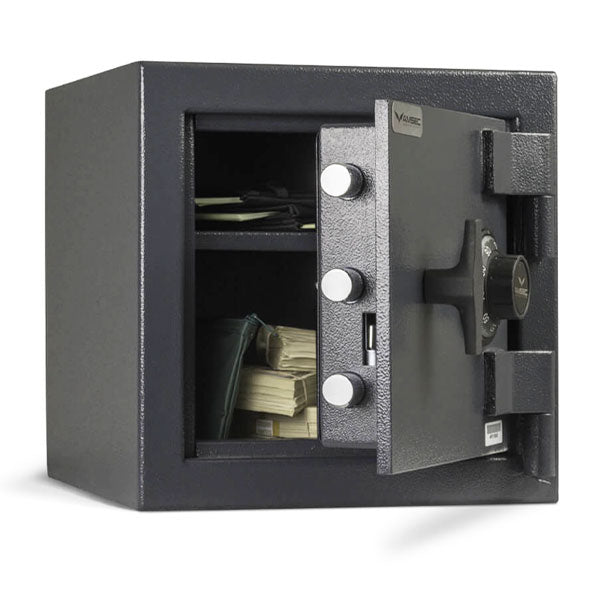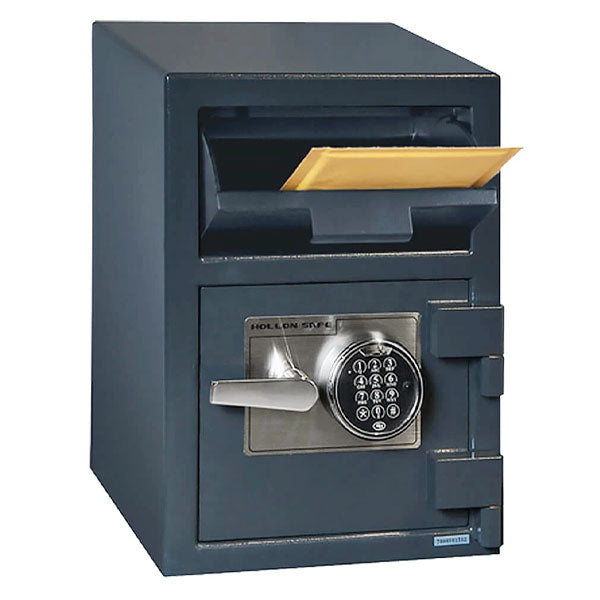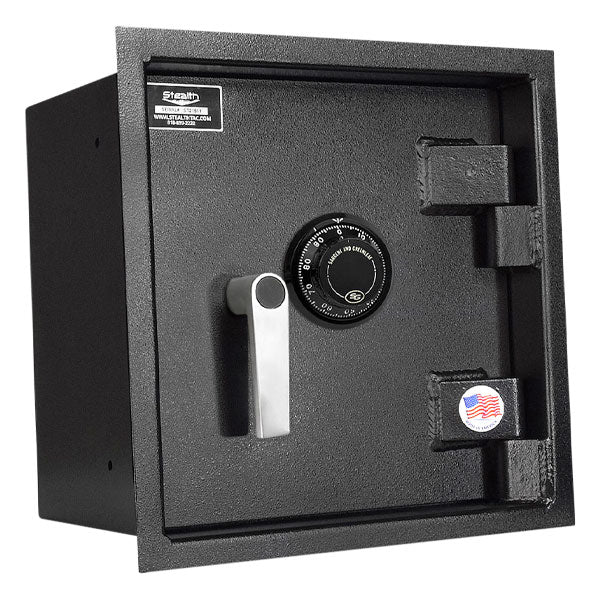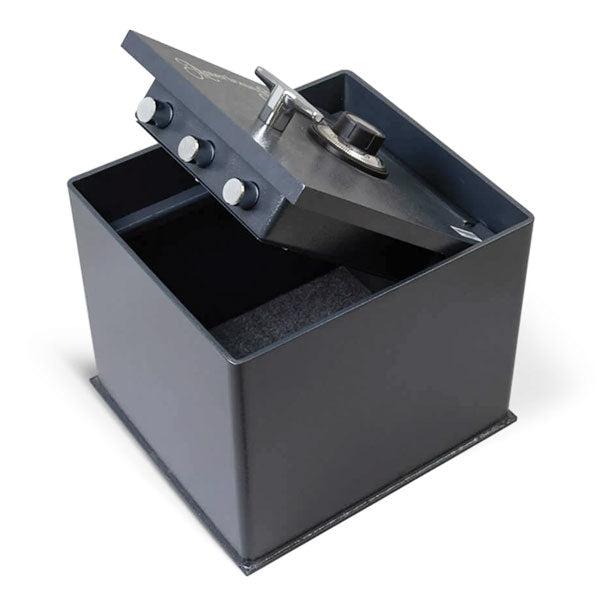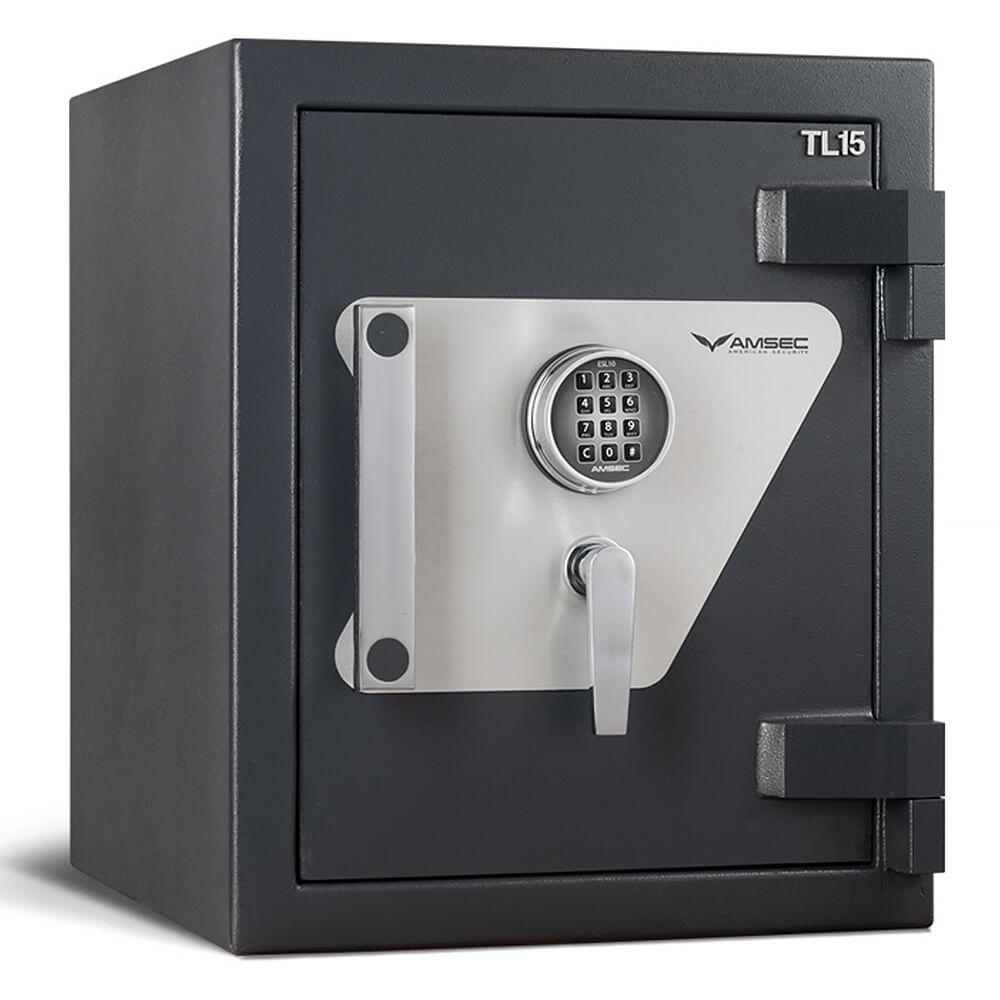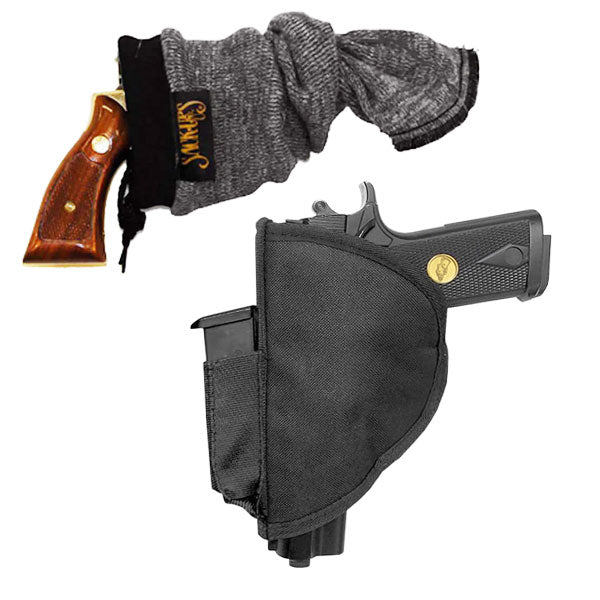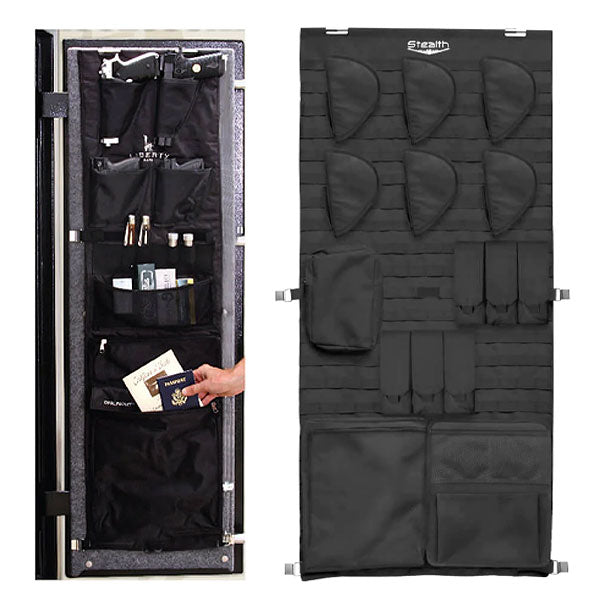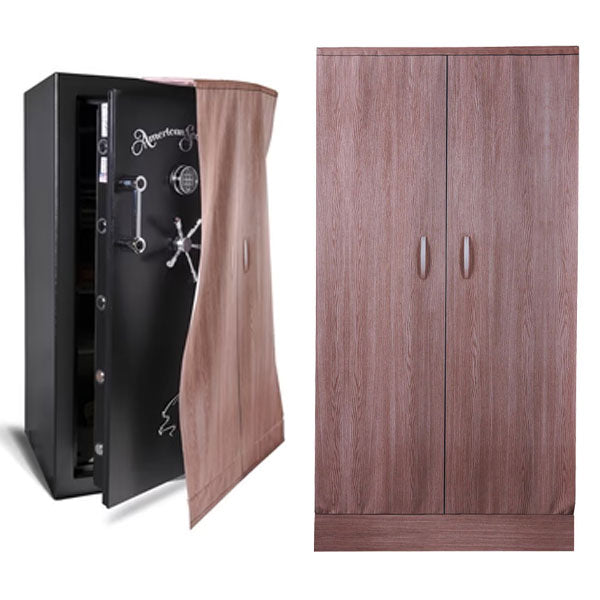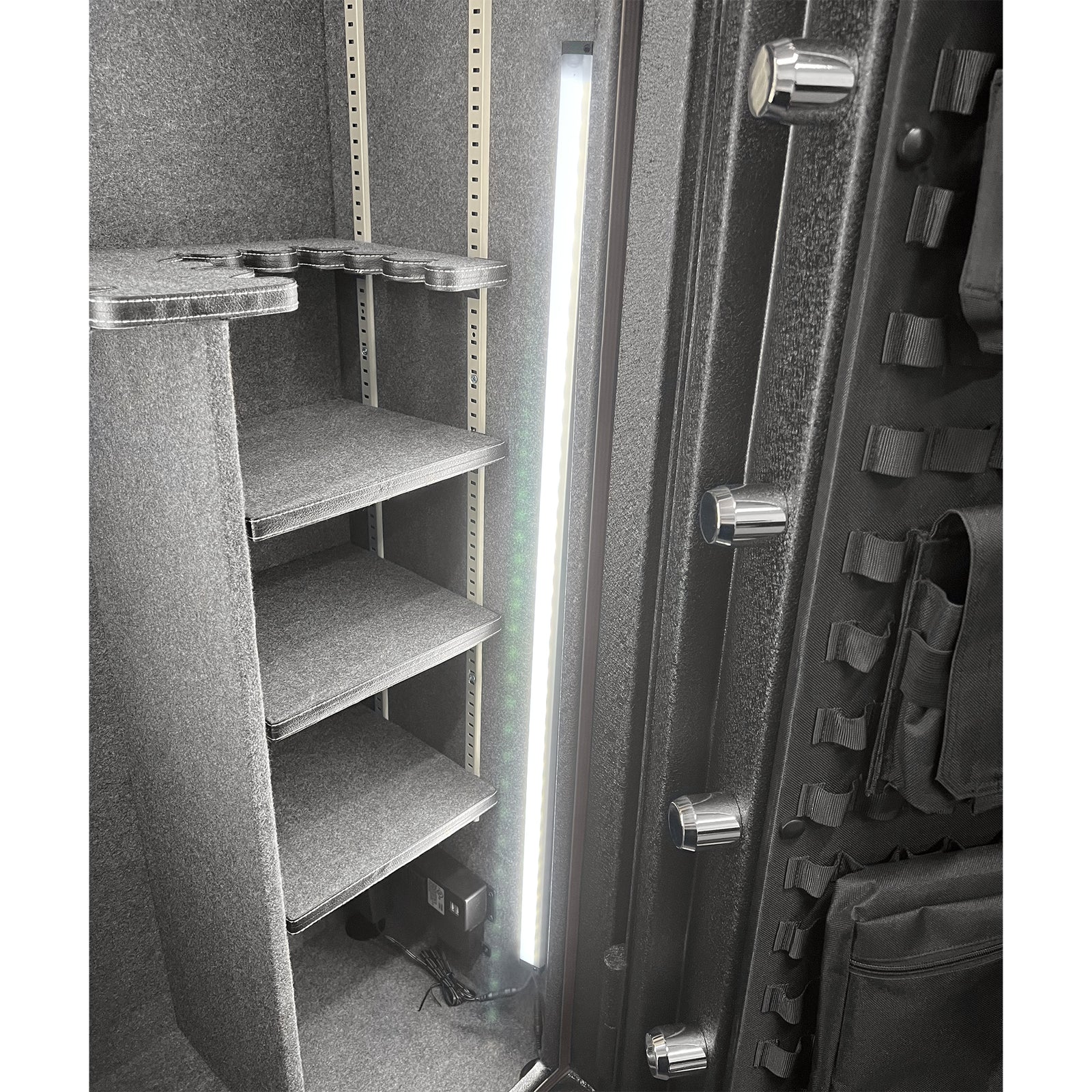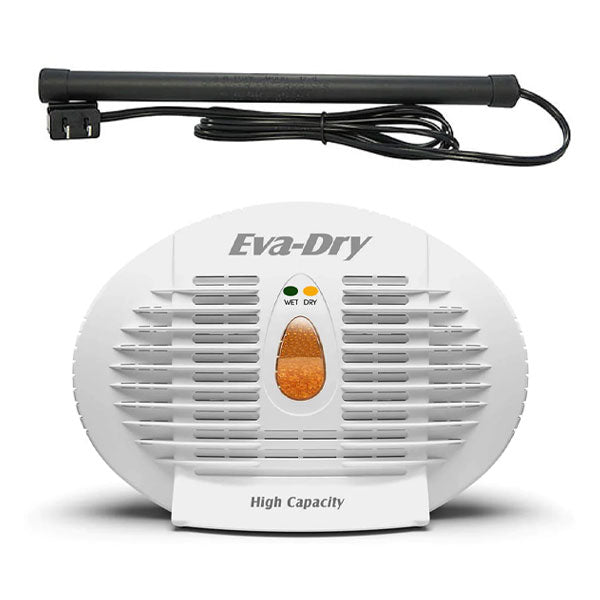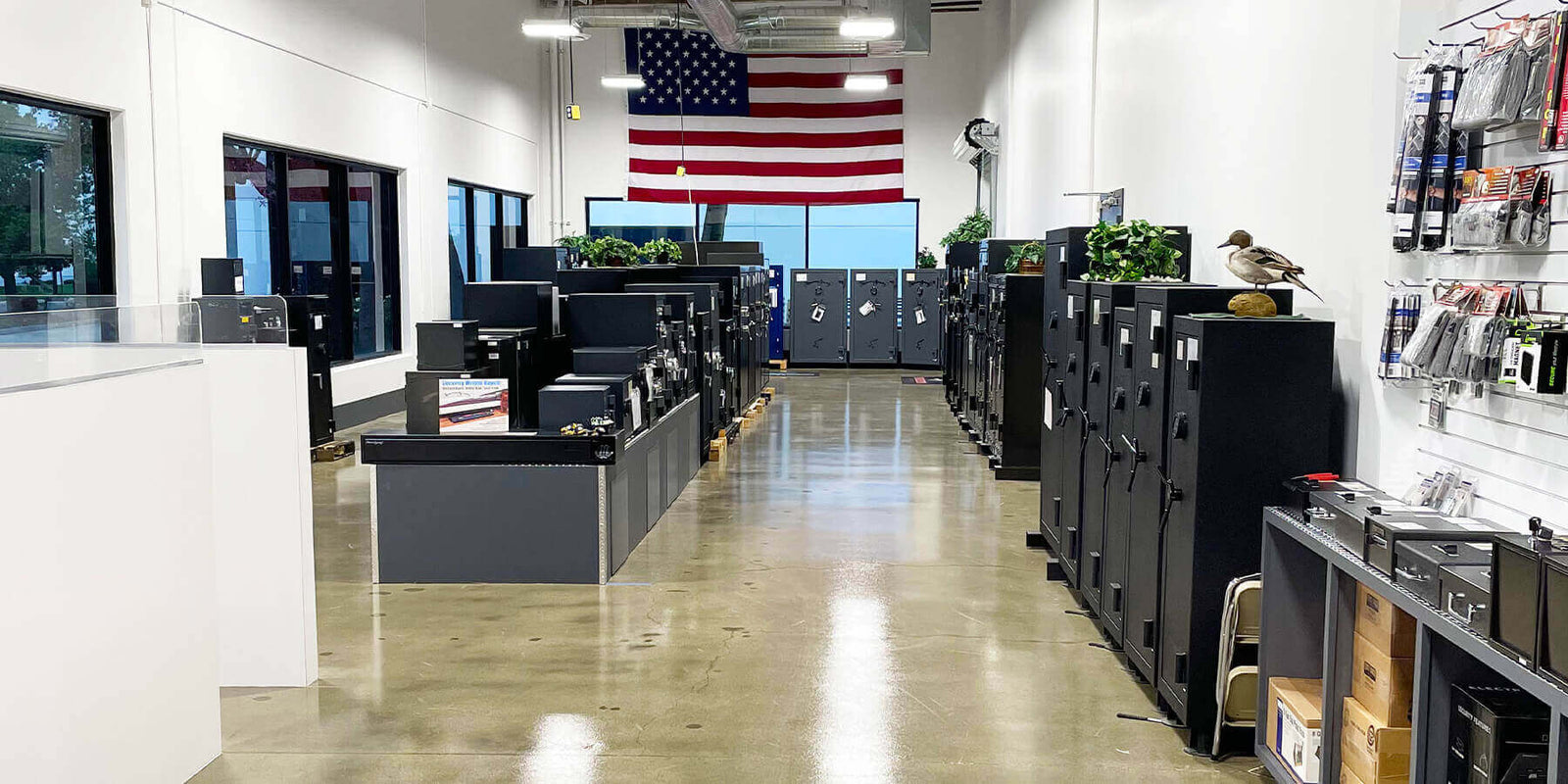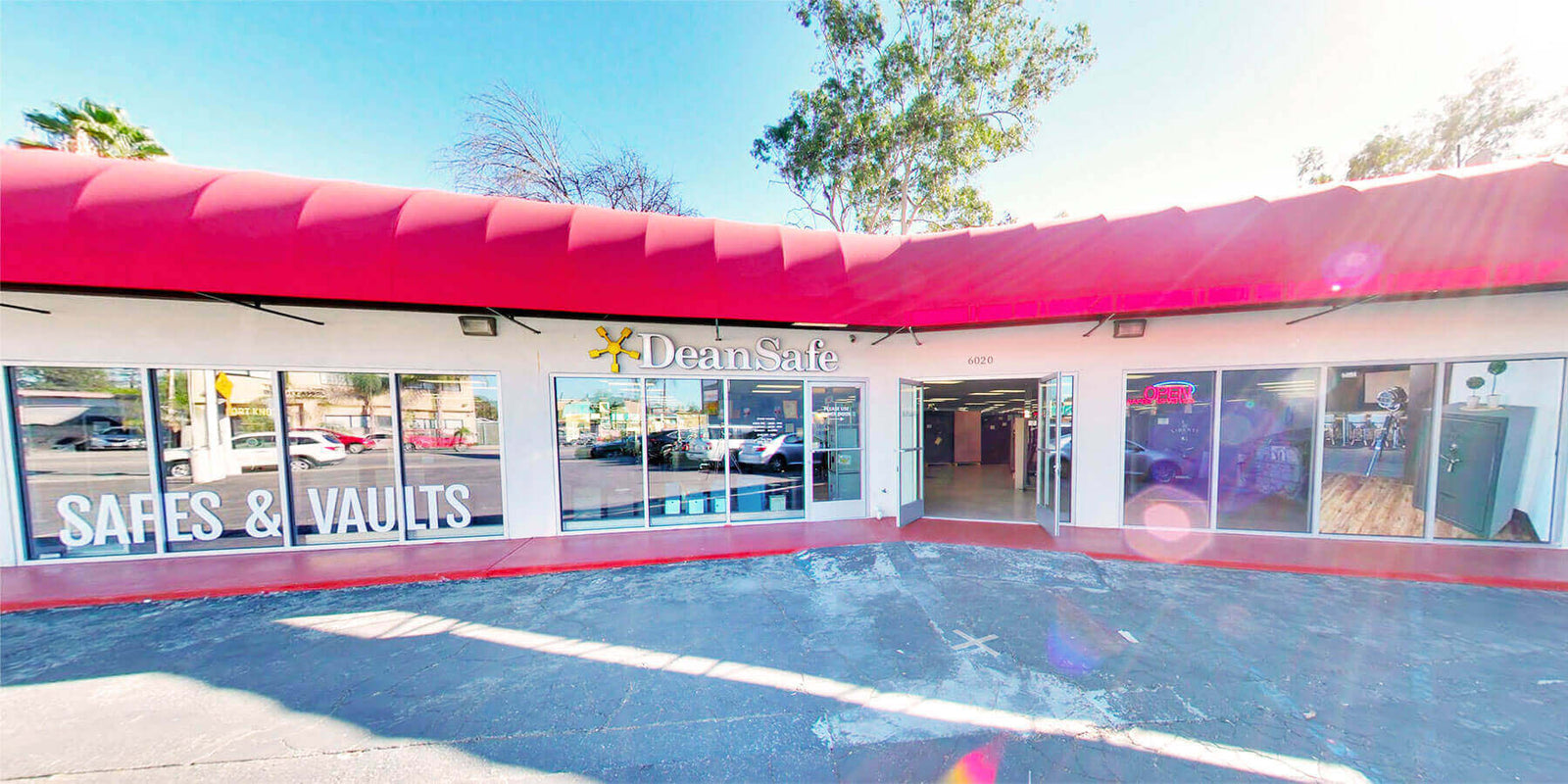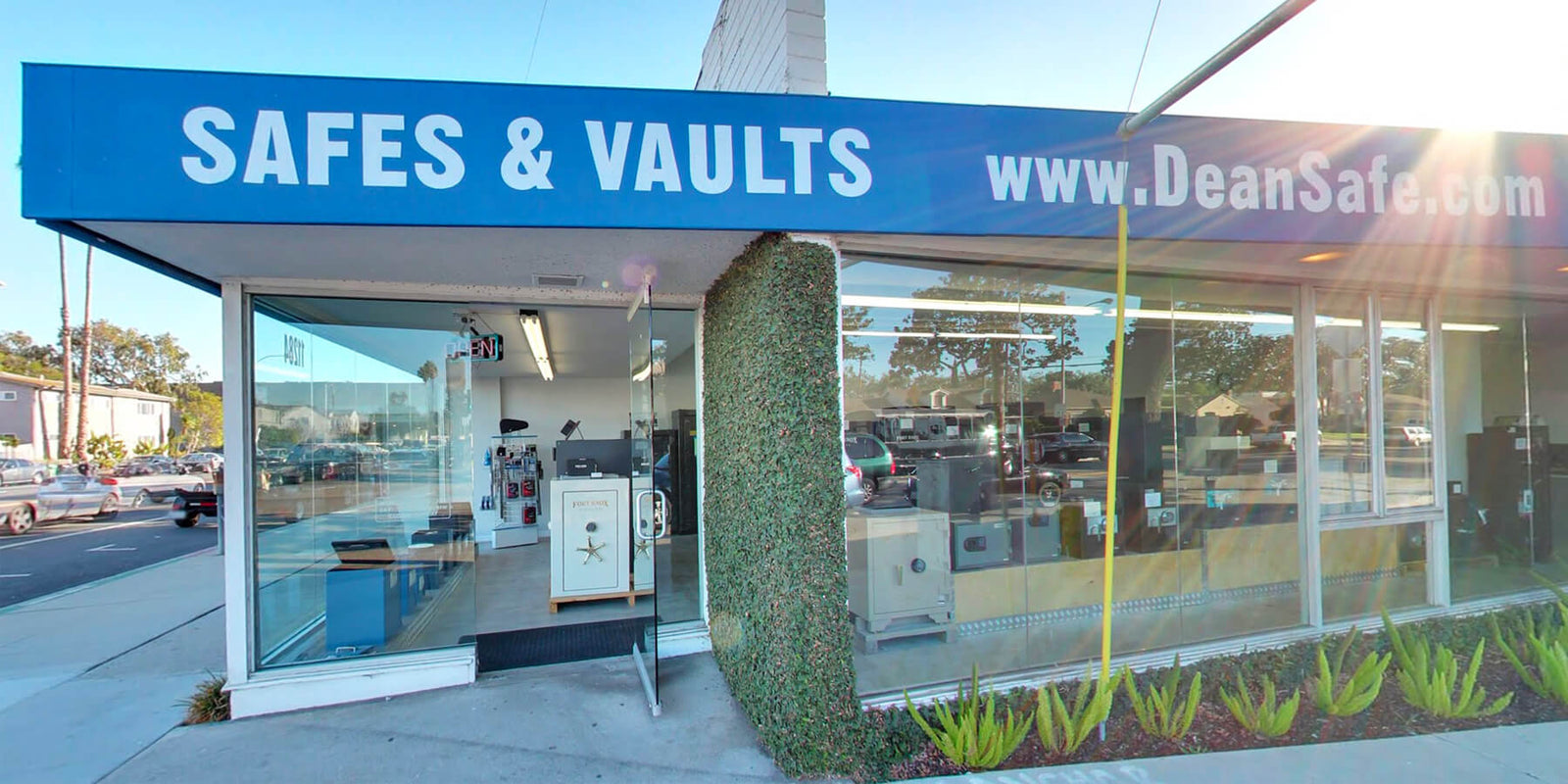Liberty Safe Fire Protection - Important Information
Liberty Fire Protection - Important Information
According to the National Fire Protection Agency (NFPA):
- Every 83 seconds a residential fire occurs in the United States. Over 380,000 residential fires occur annually. Residential fires account for $4.4 billion of property loss each year.
ARE YOU REALLY PROTECTED?
An assumption many people make is that they can compare home security safe fire ratings much like they compare the gas mileage ratings on cars. While there is one test method for estimating fuel economy, there is no single fire test or rating standard for home security safes. Safe manufacturers' fire test methods, standards and facilities vary so widely that a direct comparison is meaningless. Here's why: Actual house fires get hot real fast -- 1200 degrees F in ten minutes or less. Yet some manufacturers use fire tests where the heat builds to over 1200 degrees F over a much longer time frame -- well beyond the time it takes a typical house fire to reach 1200 degrees F. The result is a longer fire protection time claim, but it provides an unrealistic expectation of actual fire resistance.FIRE RATINGS SHOULD NOT BE AN EXAGGERATED GUESS, BUT SCIENCE.
Minutes are not the most important part of the fire story. All home fires burn differently, some fast, some slow. You never really know "how long" (minutes) a fire will burn, or "how hot" (temperature). What further compounds minute ratings are that manufacturers (even some third party testing facilities) do not use the same fire testing methods. There is no industry standard. As a result, some manufacturer's claims are questionable, if not deceptive.
LIBERTY RAISES THE BAR AGAIN!
Fortunately, there is a solution. Liberty uses a more accurate, quantifying tool that measures the actual fire capacity of any given safe, including the competitor's safes. This heat-measuring tool has been around for years. You see it on all gas grills and furnaces. Now it's on all Liberty Safes. Introducing the BTU way!
HOW CAN YOU MAKE SURE YOUR SAFE HAS RELIABLE FIRE PROTECTION?
- It's all in the BTU's! Every safe has them - some more than others. BTU represents the heat resistance capacity of the materials built into every safe. The more materials installed in the right places, the higher the BTU rating and the longer the safe will last in a fire.
- British Thermal Unit is a measure of heat energy required to raise one pound of liquid water by one degree farenheit.
- BTU'S + CONSTRUCTION - EASY AS 1,2,3! To determine a safe's level of fire protection, answer these three questions:
- Question 1: How many LAYERS OF FIREBOARD are in the safe? Key areas include the ceiling, wall, door jams and door. More layers equals more fire protection. Why buy a safe that has too few layers, especially a safe with little or none in critical areas?
- Question 2: What is the THICKNESS OF THE STEEL? The thicker the steel, the slower the heat penetrates. Seven gauge is thicker than 12 gauge. Steel also provides strength and rigidity to support the fireboard so it can do its job and keep valuables cool. However, steel alone doesn't cut it. Only when we combine the steel with multiple layers of fireboard does the fire protection increase dramatically.
- Question 3: Are the MATERIALS INSTALLED in the right places? The BTU rating of steel and fireboard alone doesn't guarantee a great fire safe. Construction is often overlooked and some manufacturers skip insulating critical areas to save money. Proper balance of fireboard in all areas is the key. For example, a Lincoln safe has four layers in the ceiling (where heat rises) and three "balanced" layers on the walls, doorjambs and door. There is no weak link. Construction also includes Liberty's unique interlocking of fireboard layers and adds a 7X-heat-expanding door seal to help keep out heat and smoke. Proper construction eliminates a safe's weak link.
THE COMBINATION OF FIREBOARD AND STEEL IN THE RIGHT PLACES MAKES A GREAT FIRE SAFE.
Liberty Safe has taken the guesswork out of determining BTU's, even for other brands. Once you know the answers to the three questions above, refer to the BTU conversions listed below and you will identify your safe's BTU value. The "old school" time and temperature ratings are also included so you can verify a competitor's fire ratings are equal to the materials required.FIRE RATINGS BY LIBERTY GUN SAFE SERIES
PRESIDENTIAL AND MAGNUM:
Four layers of fireboard on ceiling, walls, door jambs and door, 7 gauge steel - 131,000 actual BTU fire rating (2.5 hours 1200 to 1400 degrees).
LINCOLN:
Four layers of fireboard on ceiling, three layers on walls, door jambs and door, 11 gauge steel - 95,000 actual BTU fire rating (90 minutes 1200 to 1400 degrees).
FRANKLIN:
Three layers of fireboard on ceiling, door jambs, door, and two layers on the walls, 11 gauge steel - 83,000 actual BTU fire rating (60 minutes 1200 to 1400 degrees).
COLONIAL:
Three layers of fireboard on ceiling, door jambs, door, and two layers on the walls, 12 gauge steel - 80,000 actual BTU fire rating (45 minutes 1200 to 1400 degrees).
CENTURION:
Two layers of fireboard on ceiling and door, single layer on walls and door jamb, 12 gauge steel - 62,000 actual BTU fire rating (30 minutes 1200 to 1400 degrees).
ECONOMY:
Single layer of fireboard on ceiling, walls, door and door jambs, 12 gauge steel - 55,000 actual BTU fire rating (20 minutes 1200 to 1400 degrees).
CAUTION!
Safes aren't magical, they are physical. Every Liberty safe includes a certification sticker on the safe door showing the construction of fireboard layers, steel thickness and BTU rating. While no safe company can guarantee that all their safes will service every conceivable fire, one thing is for sure - Liberty builds safes as if they could!

